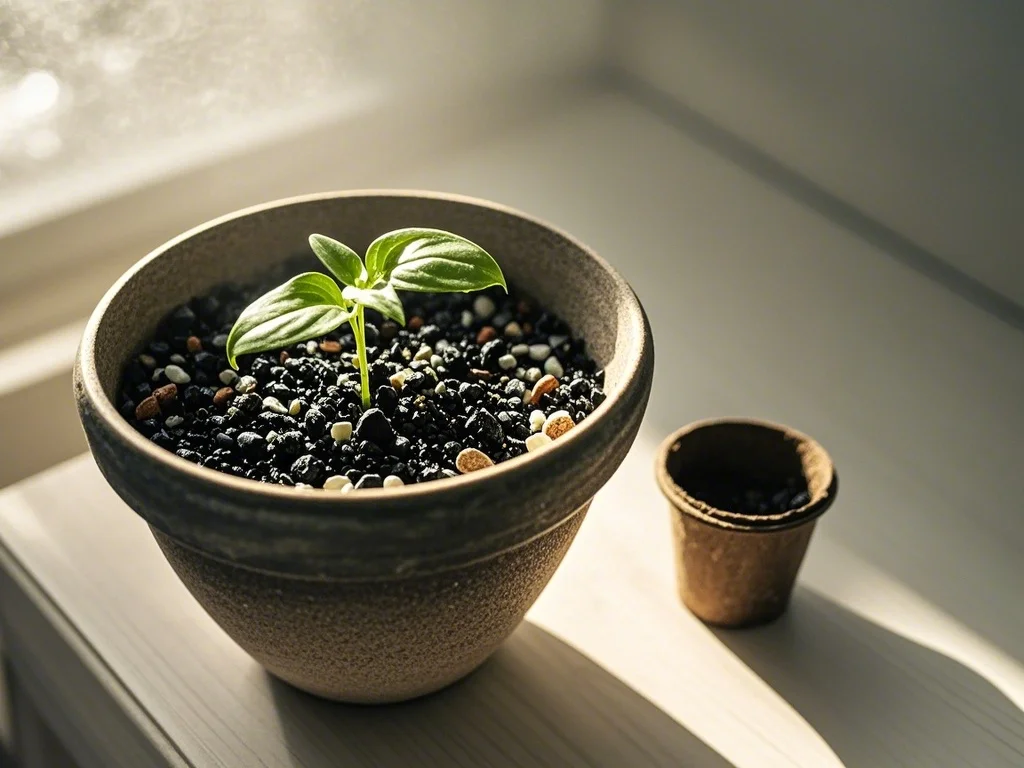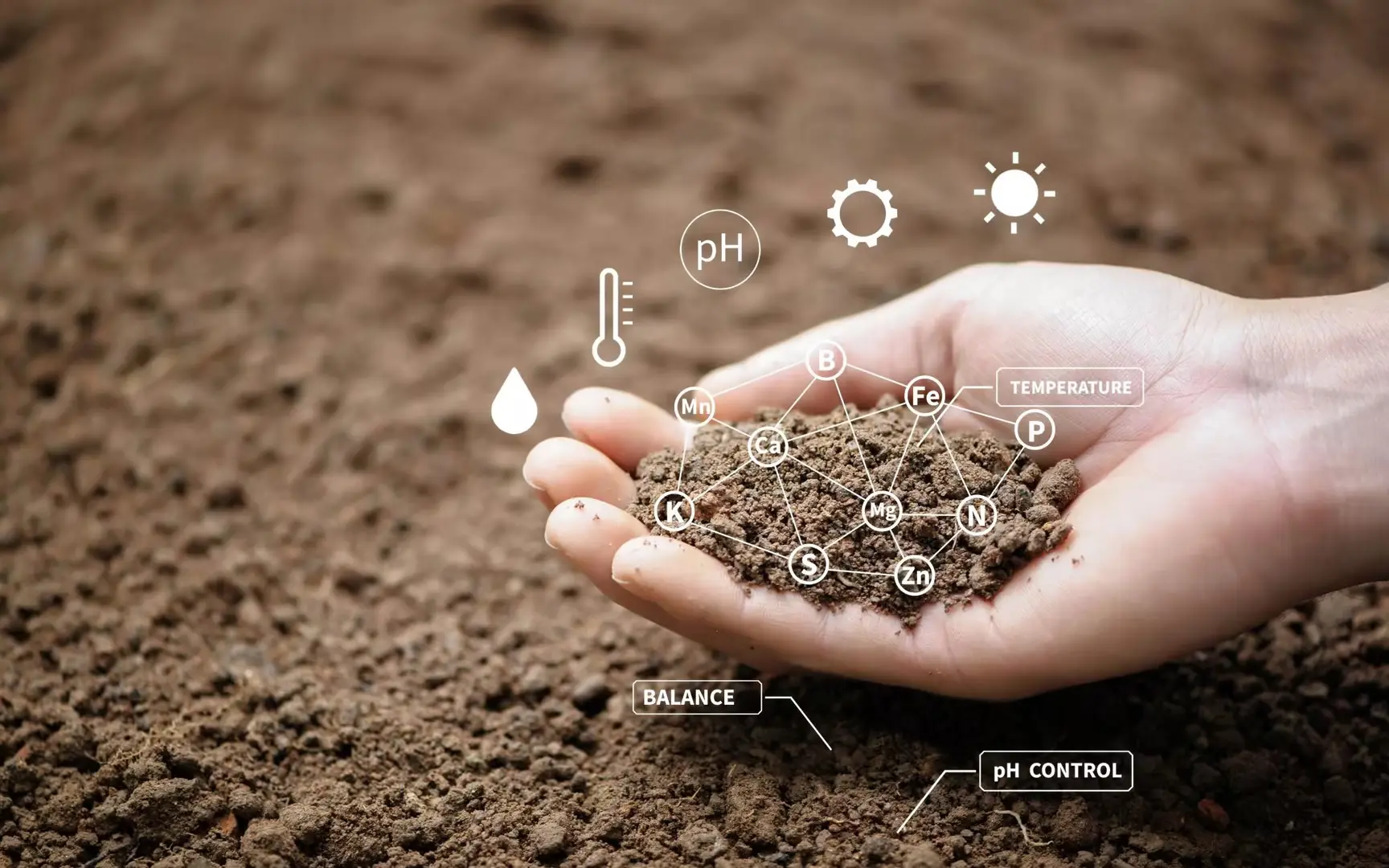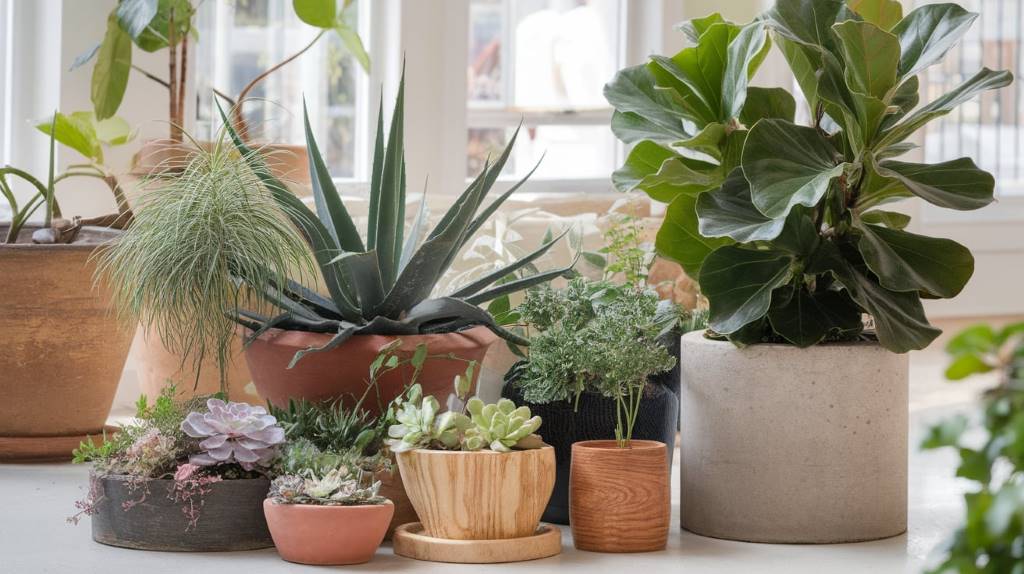As plant enthusiasts, we take pride in nurturing our green companions and watching them flourish. However, there comes a time when even the most well-cared-for plants outgrow their current homes. Recognizing the signs that your plant needs repotting is crucial for its continued health and growth. In this comprehensive guide, we’ll explore the telltale indicators that it’s time to size up your plant’s pot, ensuring your leafy friends have the space they need to thrive.
Contents
Why Repotting Matters
Before diving into the signs, it’s essential to understand why repotting is necessary. Plants confined to pots have limited space for root growth, nutrient absorption, and water retention. As they grow, they may become rootbound, leading to stunted growth, nutrient deficiencies, and overall poor health. Repotting provides fresh soil, more room for roots to expand, and better access to nutrients and water.
Clear Signs Your Plant Needs Repotting
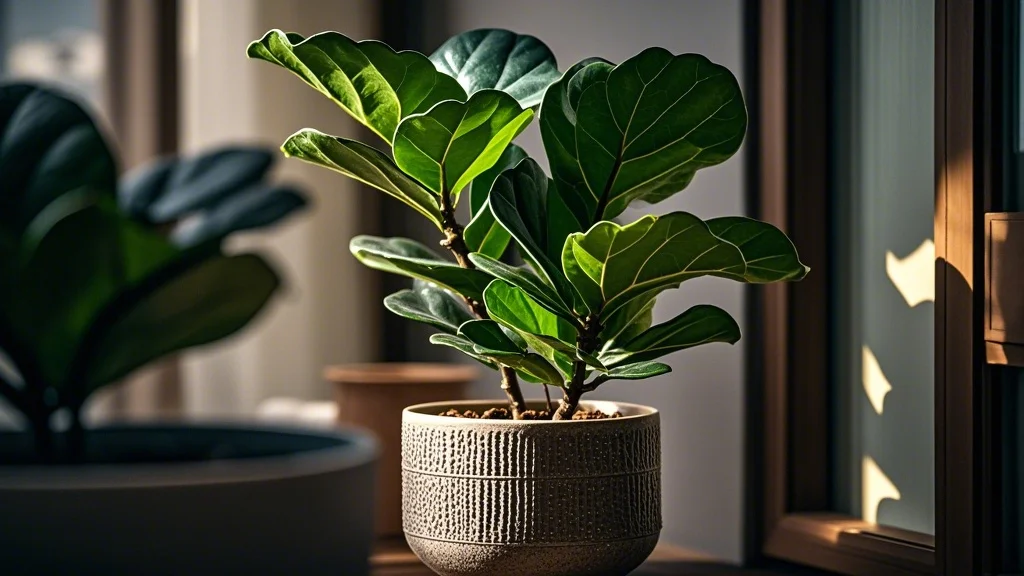
1. Roots Growing Through Drainage Holes
One of the most obvious signs that your plant has outgrown its current pot is when you see roots emerging from the drainage holes at the bottom. This indicates that the root system has become so extensive that it’s searching for more space and nutrients beyond the confines of the pot.
What to do: Gently remove the plant from its pot and inspect the root ball. If the roots are tightly wound or forming a dense mat at the bottom, it’s time to repot.
2. Soil Drying Out Quickly
If you find yourself watering your plant more frequently than usual, it could be a sign that the root system has become so extensive that it’s quickly absorbing all available moisture. This leaves little room for water retention in the soil.
What to do: Monitor your plant’s water needs. If you’re watering significantly more often than before, consider repotting into a larger container with fresh, well-draining soil.
3. Stunted Growth
Plants that have outgrown their pots may show signs of slowed or stunted growth. If your once-vigorous plant seems to have hit a growth plateau despite proper care, it might be time for a larger home.
What to do: Compare your plant’s growth rate to its typical pattern. If it’s significantly slower without other apparent causes, prepare for repotting.
4. Soil Level Dropping
As plants grow and roots expand, they can compress the soil, causing the overall soil level in the pot to drop. This is often accompanied by exposed roots at the surface.
What to do: If you notice a significant drop in soil level or see roots peeking through the top of the soil, it’s a clear indicator that repotting is necessary.
5. Plant Becoming Top-Heavy
When a plant becomes disproportionately large for its pot, it may become unstable or top-heavy. This can lead to tipping over, especially in taller plants or those with large leaves.
What to do: If your plant frequently tips over or requires support to stay upright, it’s time to consider a larger, more stable pot.
6. Nutrient Deficiencies
Even with regular fertilization, a rootbound plant may show signs of nutrient deficiencies. This can manifest as yellowing leaves, leaf drop, or poor overall color.
What to do: If you’re fertilizing regularly but still seeing signs of nutrient deficiency, inspect the root system and consider repotting to provide fresh, nutrient-rich soil.
7. Water Runoff
When you water your plant, does the water immediately run through the drainage holes without being absorbed? This could indicate that the root ball has become so dense that water can’t penetrate it effectively.
What to do: If water runs straight through without being absorbed, it’s time to repot and break up the compacted root ball to improve water absorption.
8. Visible Salt or Mineral Buildup
Over time, minerals from fertilizers and tap water can accumulate on the soil surface or around the pot’s rim. While this isn’t directly related to pot size, it often coincides with the need for fresh soil and a larger container.
What to do: If you notice white, crusty buildup on the soil or pot, consider repotting to refresh the growing medium and provide more space.
9. Cracked or Bulging Pot
In extreme cases, the sheer force of a plant’s expanding root system can cause plastic pots to crack or ceramic pots to develop stress fractures. This is a clear sign that your plant has outgrown its current home.
What to do: If you notice any cracks or bulging in the pot, it’s crucial to repot immediately to prevent further damage to the plant or its container.
10. Slowed Water Absorption
When you water your plant, does the soil seem to repel water initially? This could be a sign that the soil has become compacted or that there’s simply not enough soil left to absorb water effectively.
What to do: If water pools on the surface before slowly being absorbed, it’s time to repot with fresh, well-draining soil.
How to Properly Repot Your Plant
Now that you’ve identified the signs, here’s a quick guide on how to repot your plant:
- Choose the right pot: Select a pot that’s 1-2 inches larger in diameter than the current one. Ensure it has adequate drainage holes.
- Prepare fresh potting mix: Use a high-quality potting mix appropriate for your plant type.
- Remove the plant: Gently remove the plant from its current pot, being careful not to damage the roots.
- Inspect and prune roots: Gently loosen the root ball and trim any dead or excessively long roots.
- Place in the new pot: Position the plant in the new pot, ensuring it’s at the same depth as before.
- Add soil: Fill around the root ball with fresh potting mix, gently tamping down to remove air pockets.
- Water thoroughly: Give your newly repotted plant a good watering to help settle the soil.
- Monitor closely: Keep an eye on your plant for the next few weeks as it adjusts to its new home.
When Not to Repot
While recognizing the signs for repotting is crucial, it’s equally important to know when not to repot. Here are a few situations where repotting might do more harm than good:
- During active flowering: Many plants prefer not to be disturbed while blooming. Wait until the flowering period is over.
- When the plant is stressed: If your plant is recovering from pest damage, disease, or environmental stress, wait until it’s in a healthier state before repotting.
- Seasonal considerations: Some plants prefer to be repotted in spring or early summer when they’re entering their active growth phase. Avoid repotting during dormancy periods.
- If the plant prefers to be rootbound: Some plants, like certain orchids or bird of paradise, actually prefer tight quarters and may bloom better when slightly rootbound.
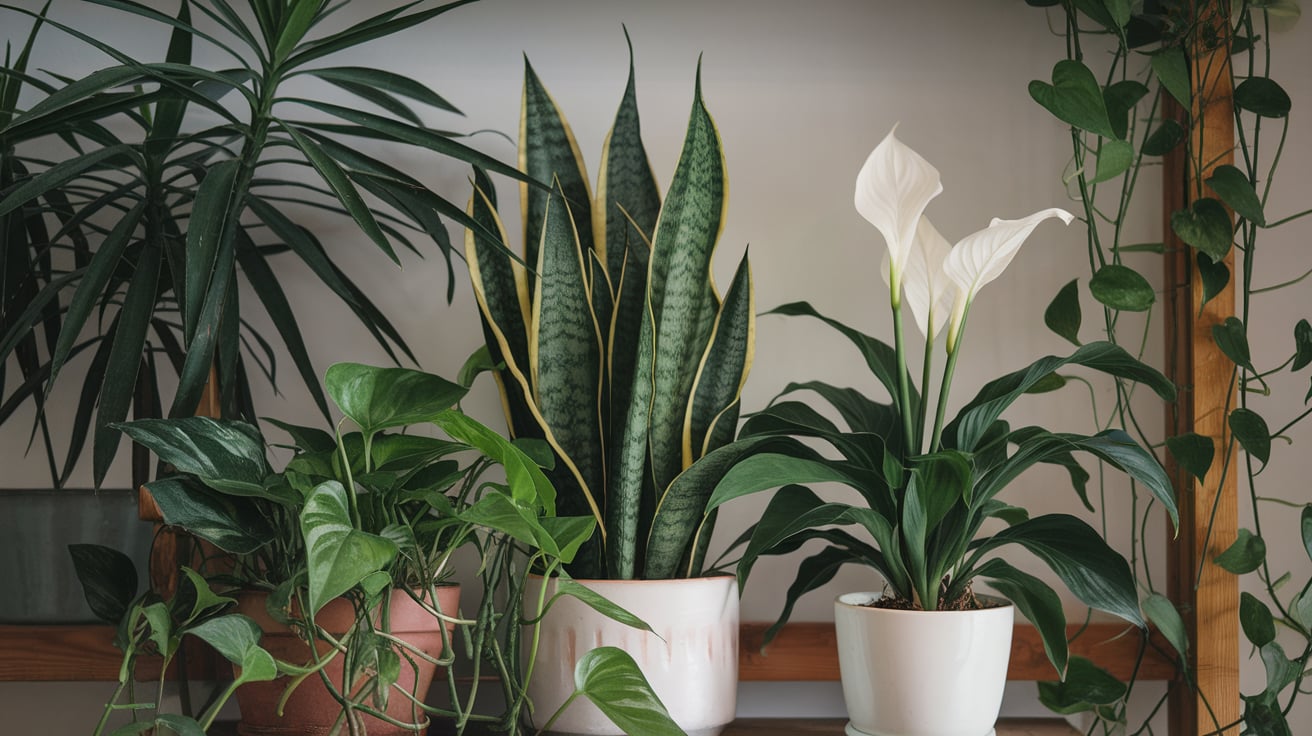
Conclusion
Recognizing the signs that your plant needs repotting is an essential skill for any plant enthusiast. By paying attention to these indicators and acting promptly, you can ensure your plants have the space they need to grow and thrive. Remember, repotting isn’t just about giving your plant more room—it’s about providing fresh nutrients, improving drainage, and setting the stage for healthy growth.
As you become more attuned to your plants’ needs, you’ll find that the repotting process becomes an enjoyable part of your plant care routine. It’s an opportunity to check in on your plant’s overall health, refresh its growing environment, and set it up for success in the coming growing season.
By following the signs outlined in this guide and approaching repotting with care and attention, you’ll be well on your way to maintaining a thriving, vibrant indoor garden. Happy repotting!

